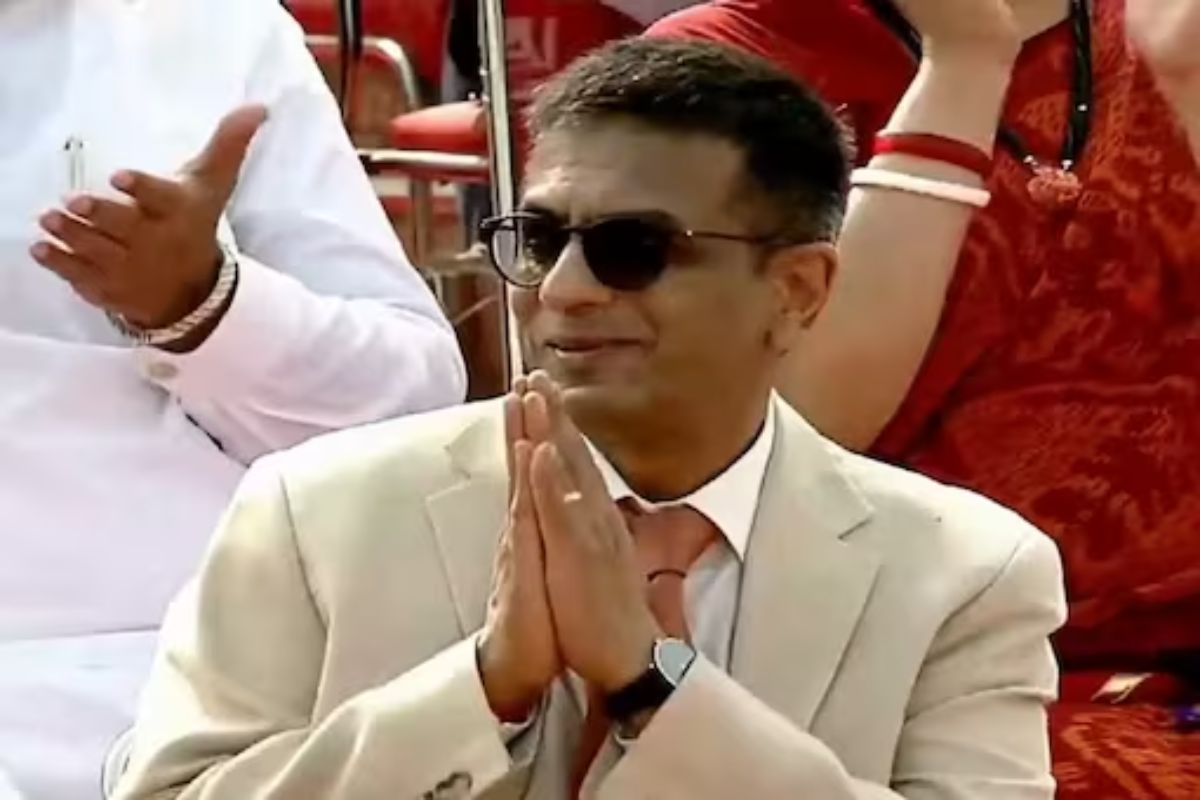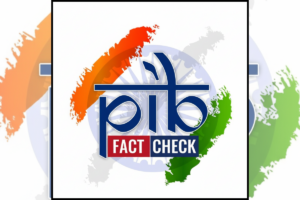
Prime Minister Narendra Modi, in his Independence Day address from the Red Fort, lauded the Supreme Court’s recent decision to translate key elements of its judgments into regional languages. The presence of Chief Justice of India D Y Chandrachud among the dignitaries during the Prime Minister’s speech added significance to the moment, with Chandrachud acknowledging Modi’s commendation with a respectful gesture.
Emphasizing the importance of education in mother tongues, Modi highlighted the Supreme Court’s initiative to translate the operative parts of judgments into languages spoken by the litigants.
VIDEO | “I also thank the Supreme Court. It has said that the operative part of the judgments will be in one’s mother tongue. The significance of the mother tongue is increasing,” said PM Modi in his Independence Day speech, earlier today.
READ: https://t.co/ZaJqAxrnq5 pic.twitter.com/bduDwYtzyV
— Press Trust of India (@PTI_News) August 15, 2023
He expressed gratitude towards the Supreme Court for embracing this practice, which ensures that the essence of judgments is accessible and comprehensible to all citizens. The Chief Justice responded to Modi’s words with a ‘namaste’ gesture, further symbolizing the spirit of collaboration and unity.
Modi underlined the increasing relevance of mother tongue in today’s context. He noted that the Supreme Court’s decision to employ artificial intelligence for translating judgments from English to regional languages is a testament to its commitment to accessibility and inclusivity.
CJI Chandrachud, in response to PM Modi’s speech, further elaborated on the Supreme Court’s translation initiative. He revealed that a remarkable 9,423 judgments have been translated so far, with coverage spanning languages such as Hindi, Assamese, Bengali, Garo, Gujarati, Kannada, Malayalam, Marathi, Nepali, Odiya, Punjabi, Tamil, Telugu, and Urdu. The ultimate goal is to ensure that all 35,000 Supreme Court judgments, spanning its history, are accessible to every citizen in their preferred language.
Justice Chandrachud previously pointed out that the legal language used in judgments written in English is often not comprehensible to the majority of citizens. Acknowledging this, the Supreme Court’s endeavor initially focuses on translating judgments into four languages: Hindi, Tamil, Gujarati, and Odia. The long-term vision is to extend this accessibility to all scheduled languages.
The regional language initiative extends beyond the Supreme Court, with some high courts also providing judgments in languages other than English. The top court’s decision to offer judgments in nine regional languages in 2019 garnered praise from former President Ram Nath Kovind. As India’s justice system strives for inclusivity, the translation of legal judgments into regional languages stands as a significant step towards ensuring justice is truly accessible to all.
Also Read: ISRO To Execute Significant Operation For Chandrayaan 3; Know The Details
To read more such news, download Bharat Express news apps


















